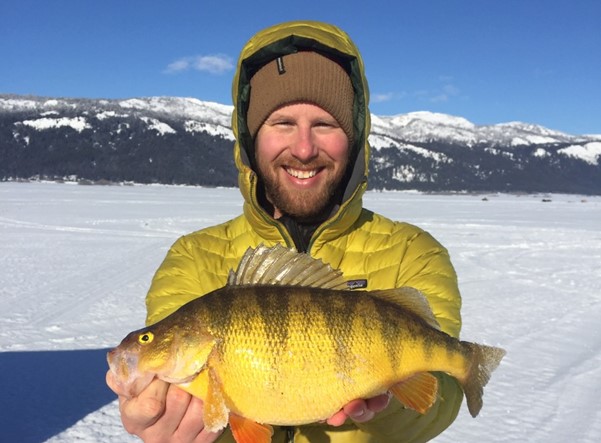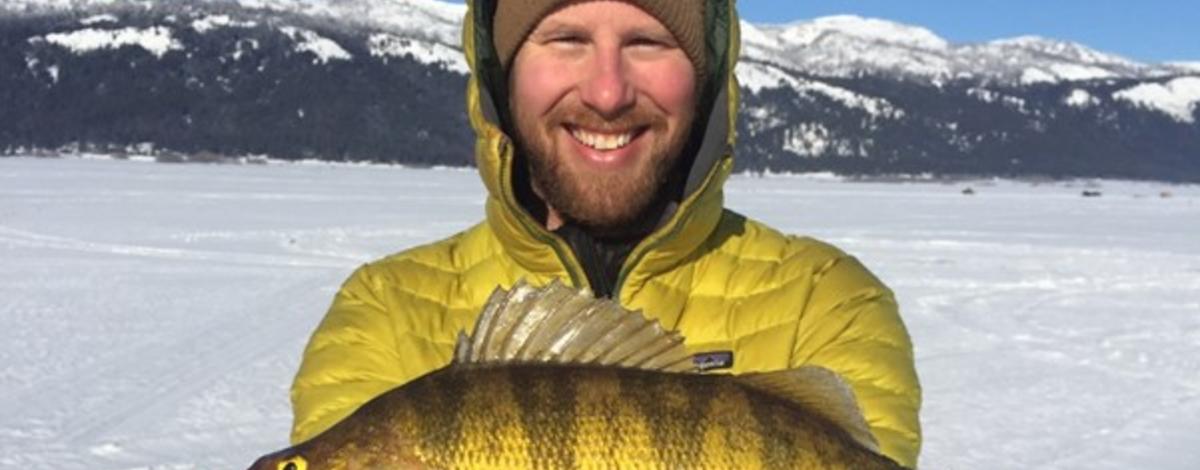
Ice fishing on Lake Cascade has been added to many anglers’ bucket list in recent years. The quality of this fishery improved dramatically when Idaho Fish and Game staff completed a major restoration project in 2004-2006. The project included suppressing northern pikeminnow to decrease predation rates on perch, and transplanting more than 800,000 mostly adult perch from nearby waterbodies. You can read more about that project here: The Fall and Rise of Yellow Perch in Lake Cascade, Idaho
Just prior to 2004, very few perch were surviving past age-1 in Cascade, and perch catch by anglers was virtually zero. The restoration project put life back into this fishery. Fast forward to today - the fishery continues to produce quality catches of some of the largest Yellow Perch in the world.
Perch anglers from neighboring states, and all across the Midwest and Canada have been coming to catch ‘"jumbo" perch in Lake Cascade…and it’s no wonder why. The jumbo perch in Cascade measure upwards from 13 to 16-plus inches and frequently weigh in excess of 2 pounds! Since 2013, Lake Cascade perch anglers have broken the Idaho state record three times, and have set two Yellow Perch world records.
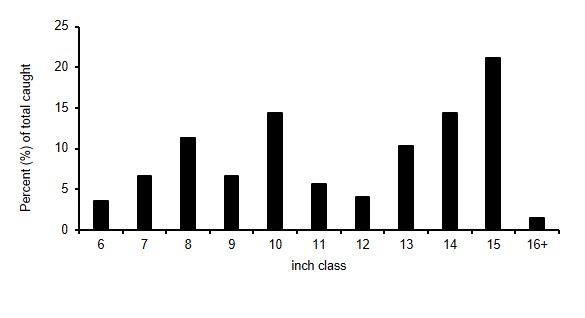
Catch rates have declined in recent years, but big fish remain and harvest rates are low
While perch fishing remains world-class at Lake Cascade, anglers have recently been voicing concerns about a slow decline in catch rates for Yellow Perch over the past few years. Biologists have documented this decline in fall gill netting surveys as well.
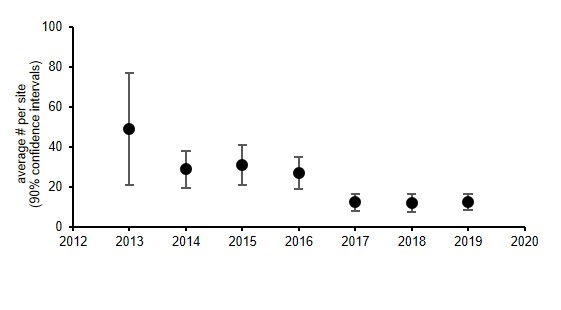
A concern we have heard from anglers is that without bag limits, harvest rates are too high to sustain the trophy nature of this fishery, and that Fish and Game should limit harvest. In addition to monitoring trends in fish abundance with fall net surveys, Fish and Game biologists monitor fish harvest rates (as a percentage of the total population) to ensure overfishing does not impact the quality of the fishery. Over the past 10 years of monitoring, we have consistently found very low annual harvest rates for Yellow Perch (less than 20 percent). In some recreational perch fisheries, annual harvest rates of Yellow Perch may exceed 60 percent.
Our harvest rate monitoring information indicates that excessive harvest is not responsible for the observed decline in abundance in Cascade. Rather, the likely cause of declining perch abundance is low survival of juvenile perch at age-1 to age-3 due to predation. Juvenile perch are the main prey source for many predators in Lake Cascade, and similar to what had occurred prior to 2004, a large number of juvenile perch are being consumed by predators before they reach catchable sizes.
Pikeminnow population has remained stable since last suppression efforts
Fish and Game continually keeps track of the numbers of northern pikeminnow in the lake to determine when to start suppression efforts again. As mentioned previously, suppressing the pikeminnow population has proved successful at improving young perch survival several times over the past 40 years. Since 2015 when the last year suppression efforts took place, netting surveys have shown no increase in pikeminnow abundance; however, the percentage of jumbo perch has increased.
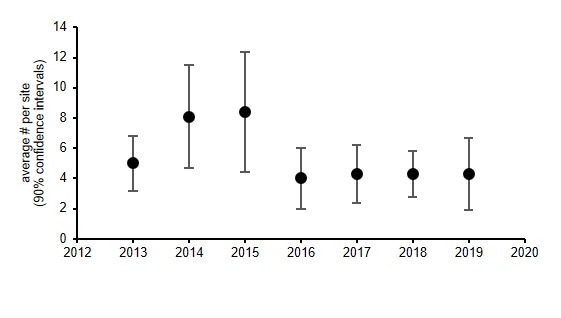
"With low harvest rates on these (jumbo) perch, many of them are dying of old age, and we expect as that occurs, we will see a natural reduction in predation on juvenile perch in the lake."
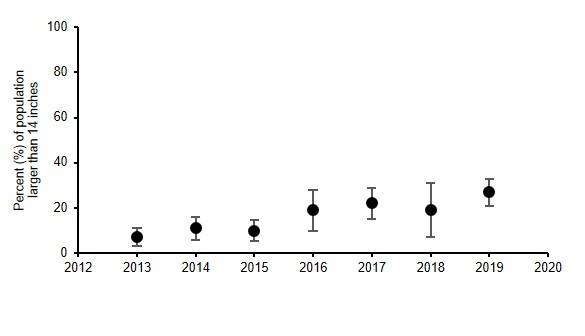
There are currently nearly just as many large perch over 14 inches in the lake as there are pikeminnow over 14 inches. This suggests predation by large perch may be having as much of an impact on young perch survival as predation by pikeminnow. Perch over 14 inches in Lake Cascade are anywhere from 8 to 14 years old – which is extremely long-lived for this species. We have had anglers turn in tagged fish in 2019 that were tagged back in 2009 – further emphasizing low harvest rates and high survival of perch in Cascade. With low harvest rates on these perch, many of them are dying of old age, and we expect as that occurs, we will see a natural reduction in predation on juvenile perch in the lake. In addition, we are planning to begin another suppression project on Northern Pikeminnow in the near future, to give an extra boost to juvenile perch survival.
There is still much to learn about this complex fishery, and Fish and Game staff are exploring different research and monitoring studies that could provide more insight into ways to increase young perch survival in the future. One thing is for sure, the perch fishery at Lake Cascade is currently one of the greatest ice fisheries in the nation, and Fish and Game staff will work our hardest to keep it that way.
